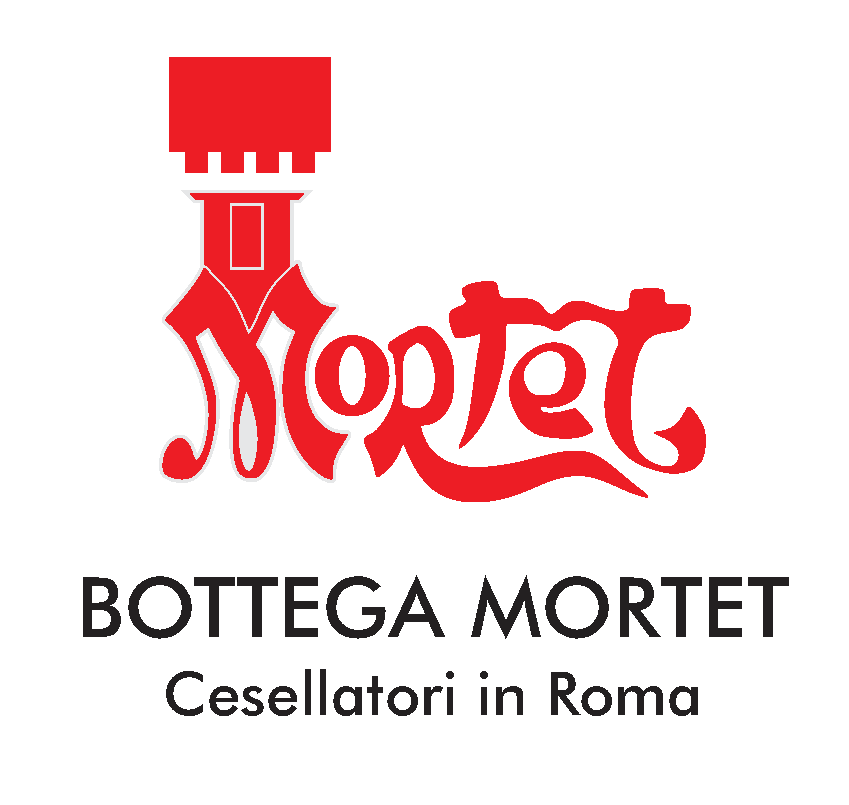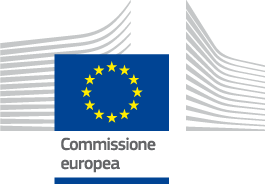who we are
Roma BPA

The non-profit cultural association Roma Best Practices Award – Mamma Roma e i suoi Figli Migliori - has been organizing the Roma BPA Award since 2017, with over 450 Roman associations, from the city center to the suburbs. It is the first and only competition that recognizes, supports and networks the best projects for the recovery of the city's common assets. A competition in support of culture, integration, good neighborliness and training. It also promotes the concepts of circular economy and innovation. A virtuous circle that has originated more than 120 concrete projects in the city in recent years, creating synergies between the various entities. Important jurors such as Paco Lanciano, Lorenzo Tagliavanti, Rebecca Spitzmiller and Luca Barbarossa select the best projects. Together with the Rome BPA Award, the association organizes and participates in several events on various topics in collaboration with Roman area associations and local, national and European institutions. In particular it promotes initiatives on the history of the city through the languages of culture , creativity, classical art, street art, music and theatre. The prize and the initiatives offered by Roma BPA are supported by companies that share the same aims both through the supply of goods and services and through economic contributions. The association is sponsored and collaborates with: Rappresentanza Italiana della Comunità Europea, Fondazione Adriano Olivetti, Camera di Commercio di Roma, Regione Lazio, Roma Capitale, Municipio I, Municipio VIII, MIBACT, Università Roma Tre, Scuole di Roma, Lazio Innova, Luce Cinecittà, ARSIAL Lazio, ANACI, Istituto per il Credito Sportivo. Its media partners are : ANSA, TGR Lazio, Telesia, Voicebook Radio, Radio Impegno, Leggo, Roma Today.
School network Memories. Rome: a city, a thousand stories.
It is the network of Roman schools in collaboration with Roma BPA. They promote the study of the history of the city, through the events and protagonists of a centuries-old story from antiquity up to present times. From the most important ones, which young people often consider only lines in a book, to those connected to the daily life of the neighborhoods, to those who lived there and who turned into heroes 'by chance'. Their throbbing memory has been lost: it is only a matter of inscriptions and tombstones on the walls throughout the city but a silent memory to the most. However, great history is also made up of the small stories of unaware heroes. In front of injustice they didn’t turn the other way. They were moved by humanity, solidarity, civic sense and not by protagonism. For this reason we believe that knowing their stories is important for the education of tomorrow's citizens. Cities stop being a sum of buildings and monuments and they become a community of women and men, heirs of a past that unites them and goes on teaching the great values of our society. The students of the network will carry out research and collection of testimonies and documentation for the reconstruction of the lives and actions of the protagonists of these events. In particular, they will refer to their school district producing educational materials and documents that will subsequently be made available to everyone in the network. A School-work project (PCTO) will be promoted for secondary school students. Principal Maria Grazia Lancellotti will be in charge of the school network.
Permanent Laboratory of History
Students will be responsible of collection, transcription and reworked version of all the materials. Students of secondary schools and universities will be made aware of the world they live in is a matter of options, both little or big. And while rebuilding these stories, they will be able to interpret the past and its sources. Saving a life means saving the entire world and this becomes evident and material. Experts and scholars on oral sources will support teachers and students for their historical research in order to assess its credibility and quality. Professor Alessandro Portelli, a high rank expert on oral history, professor Antonio Parisella, former President of Museo Storico della Liberazione, professor Michele De Sivo, director of Archivio di Stato di Roma and professor of Didactic of History at Università Roma Tre, Piero Cavallari, from Istituto Centrale per i Beni Sonori e Audiovisivi and responsible of the work group “Oral History”, they will help students in their research and their final communication. As a matter of fact, every new Civico Giusto will be checked and scientifically validated in order to guarantee its correctness, credibility and historical coherence.
The artist
The work “Il Civico Giusto” is the result of Dante Mortet’s art and manual skill. Dante Mortet is a sculptor and chiseller, heir of a secular handcraft knowledge deriving from his family. He works with his brother Andrea in their atelier in the heart of Rome. Creator of the project www.manoartigiana.it, he carved famous characters such as Robert De Niro, Ennio Morricone, Martin Scorsese, Angelica Houston and Quentin Tarantino . He is the author of Dante Alighieri’s official bust in The Avana and the statue of Ernesto Che Guevare in Africa. He performed lots of socially committed works such as “Le Mani del Rispetto” in Latina (Italy) and “Leonardo da Vinci Award “ in Washington. Although he is international artist, nonetheless he is deeply set into a true Roman philosophy of life. The Project is realized in collaboration with Museo Storico della Liberazione, Rome Archivio di Stato, Istituto Centrale per i Beni Sonori e Audiovisivi and Ministero della Cultura.









The sign
Every building where these Righteous protected the refugees will be marked through a plaque to remind their courage. The plaque, as already mentioned, was born from the idea that Jewish communities around the world remember the "Righteous Among the Nations" planting evergreen trees. This is a work of art representing a carob tree in the stylized perimeter of a house: it is the homage to those who welcomed fugitives into their homes so that ideally all the Righteous, whether officially recognized or not, can return to their neighborhoods, their buildings, and continue to tell their story of solidarity to generations to come. Next to the tree there is the name of the city. We start from Rome where nazifascists raided the Jewish ghetto in 1943. The QR code, positioned in a corner, will allow passersby to get from the sign to the story, from the symbolic image to the people it represents and celebrates. The reconstruction of the lives of the protagonists and the events occurred can rely on the students of the “Memories. Rome: a city, a thousand stories" network. Through an educational and synergical path between the schools of the network and Roma Tre University, students will produce the materials that can be consulted through the QR code itself.